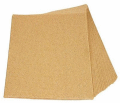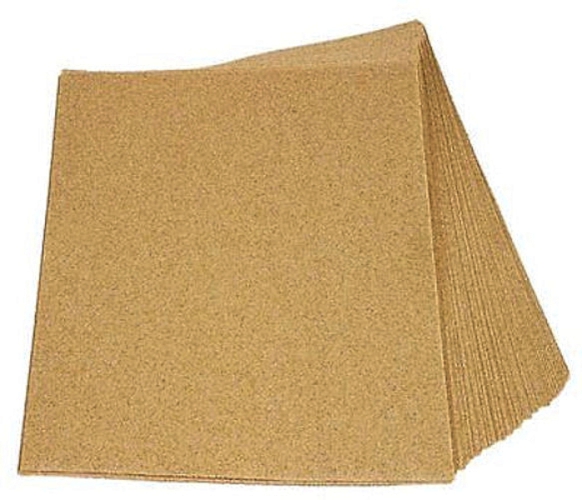
Doors - Annual Maintenance
Annual maintenance of the doors should include:

- Clean the contacts at the front of the door - use fine sandpaper (the sort you might use on wood before painting NOT black emery or wet-and-dry as the hard particles can embed themselves in the metal of the contacts). Polish the contacts until they shine (especially any blackened bits); wipe off and that's it (do NOT lubricate).
- Check that the outside door handle is free and will return to the fully forward position under spring pressure. This handle can sometimes stick with lack of use and the door won't lock properly.
- Check upper and lower door runners for stones, damage, foreign bodies and wipe them down with a clean rag - do not be tempted to lubricate.
- Lightly grease the door locking catch which is at the BACK of the door. Also wipe tiny bit of grease on to the loop of the B-post actuator just where the lock latches on.
- The bottom "hinge" has a spring loaded arm that is supposed to operate the limit switch at the back of the door; the pivot can seize up so put a small amount of thin oil on this pivot (be careful with your fingers!).
- Lightly oil the ball joints on the underside of the lower hinge to make sure they are free to move. Do it in place - don't try to disconnect them as the wire cables are held taut by a strong spring. If these joints are stiff, it can create excessive flexing on the cable near the joints, which is where most cables seem to break.
- In cold, humid, climates (eg UK) do clean & lubricate the door seals (see next paragraph). This applies to all cars, not just the 1007.
Cold Weather
Note: this applies to ALL cars, not just the 1007.
The door freezing problem can be worse in the UK because our temperatures often range from just above freezing during the day (so snow/ice/condensation melts and water runs into the seals) to just below freezing at night (so the water freezes in the seals). High humidity can also allow water to run in and freeze onto the seals.
This cycle doesn't occur in colder countries, where the air may be well below freezing day and night. As the air is colder, it won't hold so much water so really cold climates do not appear to have the same condensation problem.
A very thin smear of silicone grease will help to stop ice sticking the rubber seals together in the winter. Take time over this, there are many small contact areas and don't forget the ones on the door, especially the big one at the bottom of the door which is easily missed.
Do not put too much on - wipe it off with your finger after applying or it will attract dust and dirt - or get on your clothes!
Note: Silicone - not silicon. Do wear gloves - although it won't harm you, this stuff is very sticky to get off afterwards.
Do not use ordinary grease or Vaseline as these are petroleum-based and may attack the synthetic rubber in the seals.
If you are in a secure area, you could try leaving the door partly (enough for a gap between the seals) open overnight - then you won't have a problem getting in next morning!
